Training twice a day is usually thought of as being for professional endurance athletes. But as well as helping you to get fitter and improve your performance, it can also be a great way to seek further endurance gains if you already compete at the amateur level.
What is double training? Double training involves doing two separate runs within the same day. This can be done by running in the morning and then again later-on that day or vice versa.
The idea of doing two runs in one day has long been part of elite training programmes. The question here is, are double days beneficial for younger athletes, novice runners or those on lower mileage? Here are some thoughts.
Physiological benefits of double days
- Splitting the days training load into two, boosts the speed of recovery from hard workouts, without decreasing the overall workload
- There are 2 separate spikes in metabolism during the day rather than one. This increases fat burning and weight loss
- The evening run is complete in a state of pre-fatigue (reduced glycogen stores) leading to better training adaptations
- Two bouts of active recovery increase blood flow and return lactate (lactic acid) levels to base level more rapidly after hard workouts.
- For lower mileage runner’s, double days are a new training stimulus.
- Split runs can help the days mileage be complete at a faster overall pace
- Elevated levels of HGH (human growth hormone) are produced 4-6 hours after an easy run. Better preparing the body for a hard effort during the second run.
- Double runs are proven to boost mitochondria production, a physiological necessity for endurance runners.
- Virtually all elite runners do doubles, compelling evidence in itself
We still need single days
Single runs are superior for building endurance. Every distance athlete needs to build endurance at some point in the training cycle. Regardless of the target event, the initial 6-10 weeks of a training cycle has the central goal of building endurance. This base period will supplement and support the higher intensity work that comes later in the training blocks. Endurance gained from single runs of a medium to long distance is a vital part of this support structure.
For athletes racing over longer distances (half or full marathon) single runs over a medium/long distance will feature right throughout a training plan. Not everyone has the luxury of sufficient time each day to complete two training sessions. One training session rather than two is often more time efficient. Club and recreational athletes need to make the best use of time each day, and plan training accordingly. Single runs can help accomplish this.
Variations of double days
Recovery: The most common use of double runs is as a recovery tool. Active recovery (easy running) is the best method of repairing the body after a hard session or race.
The Shakeout: Prior to an intensive session or race, an easy 20–40-minute run will loosen out muscles and elevate HGH levels, which better prepares the body for a hard effort. Shakeout runs should be complete 4-8 hours before the intensive run.
Special Blocks: Socalled by Renato Canova, special blocks are effectively two hard workouts in one day. Special blocks are used in the final pre-competition phase of training. The principle behind the double sessions is to find an extra training stimulus, as all existing training stimuli have already been exhausted throughout the training cycle.
In recent times, the double workout days of the Ingebritsen’s and Norwegian training model have grabbed headlines.
During the winter months, they do many double workout days. E.g., A session of 5 x 6 minutes on the treadmill at 1.8 – 2.0 mmol (marathon pace or slower) in the morning. The evening session is 20x400m off seconds rest, targeting 10k pace. Short reps at 10k pace will result in a lactate of less than 3 mmol. Which results in a threshold stimulus.
It should be noted that these days are extremely intensive and carry an increased risk of injury. The effort levels are very carefully managed. Through HR pace and very regular lactate measurement they keep the intensity within extremely precise parameters. With high volume, and double workouts days, if the training is harder than planned, it results in a significantly increased risk of over-training or injury.
Dos and Don’ts
There are many benefits to training twice a day, but some principles should be adhered to.
- Introduce double runs gradually. Build the number of double run days gradually
- Keep sufficient time between the two runs. Without a minimum of a 4-hour gap (Ideally 6-8 hours), a single run is a better alternative
- Ensure good nutrition, hydration and recovery time are scheduled for the athlete to fully benefit and create the super-compensation effect. Fuelling adequately between the morning and evening run is key
- As with any new training stimulus, be conservative rather than over ambitious with its introduction

